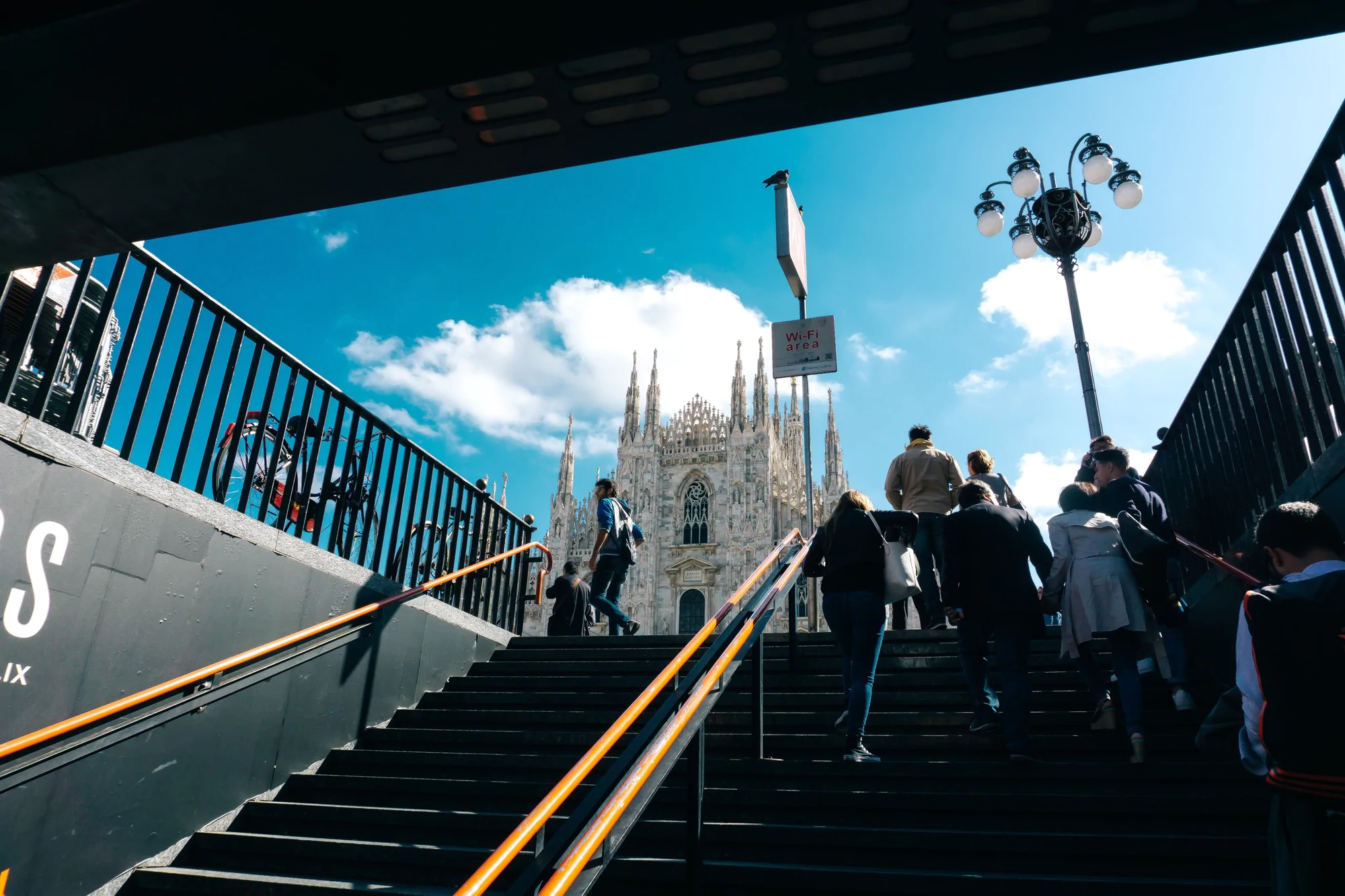
A Customizable App for Place-based Storytelling
In 2020, walkability became an urgent necessity for people living in urban areas, due to the mobility standstill brought about by the coronavirus pandemic. Inspired by the renewed interest in neighborhood–scale city planning, plus issues of accessibility and transportation, we partnered with Systematica to create Stories: a product that leverages geo–referenced data to help city dwellers navigate—and become engaged with—rapidly changing environments.
